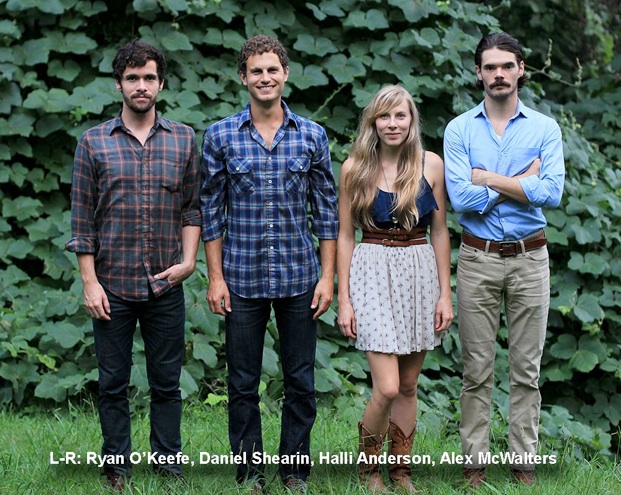
The New River is a national heritage site and one of the oldest rivers in the world.īurke County is located in western North Carolina, near Tennessee. Alleghany county is able to boast that both the Blue Ridge Parkway and New River run within its boundaries. The virgin timber has since been cut but the good soil and abundant rain of the county encourages constant new growth.

The county historically had a large swath of virgin timber including white pine, spruce, oak, ash, locust, birch, beech, maple, and hickory. Alleghany is home to several mountains including Creek, Fender, Doughton, Little Grandfather, Bullhead, and Rich mountains.

It is bordered by the state of Virginia, Surry, Wilkes, and Ashe counties and is home to rolling hills and steep mountains. Some say the name Alleghany comes from the name of an Indian tribe, others claim, the name is a corruption of the Delaware Indian name for the Allegheny and Ohio Rivers and is said to have meant ‘a fine stream.’Īlleghany was also once known as ‘the lost province’, perhaps due to its limited accessibility by road in the past. Native Americans once used the land encompassed in the county but it was later settled by Scotch-Irish, English, and German pioneers late in the 1700s. Īlleghany County, North Carolina was founded in 1859 from land that was formerly considered Ashe County. The German sheitholt eventually became the dulcimer, Italian Mandolins and Cherokee flutes, whistles and fiddles influenced white fiddlers (Ritchie & Douglas, 2014, p. The banjo evolved from a gourd based instrument from West Africa called the ngoni. The traditional instruments from different cultures also greatly contributed to the unique sound of Appalachian music. Cherokee, Scottish, English, German, Welsh, Scandinavian, and African Americans brought their musical traditions to the mountains and mixed them, each giving and taking different rhythms and styles. Appalachia was a cultural melting pot, and the music of the region is a perfect example.

Between 1717-1775 many people from the border nations of Northern Ireland, Northern England, Southern Scotland migrated to Appalachia, bringing with them each of their own stories, songs, and cultures. It is generally thought that the songs and fiddle tunes of Scots- Irish settlers formed the foundation that was built upon by many other settlers and their own unique musical traditions. Fiona Ritchie and Douglas Orr (2014) describe Appalachian music as, “ a tapestry of a cappella ballads, dances, fiddle tunes, banjo music, and sacred music” (p. Just like the history of cultures or art, there are many factors that affect the birth of a unique and identifiable style or type of music.


 0 kommentar(er)
0 kommentar(er)
